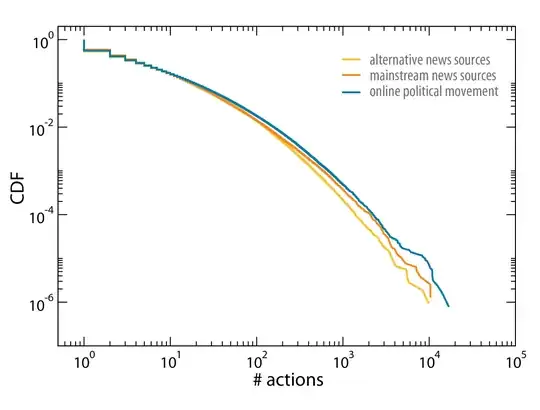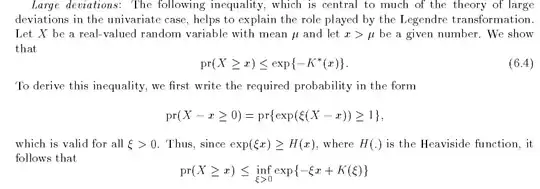Why is it starting from the top-left corner?
The standard* definition of a CDF is
$$
F_X(x) := \mathbb{P}(X \le x)
$$
For reasons which I will never understand, some people plot $S(x) = 1 - F_X(x)$ for $F_X(x)$ the CDF of $X$, but call $S$ the CDF. It is completely baffling if you were taught that the CDF is non-decreasing.
As with all conventions, it's no so much a matter of being right or wrong as it is being clear in your communication: if you're going to use a term in a specialized or unusual way, you should make that clear. (And we can surmise that, since you are asking this question, the authors of that diagram did not make their meaning clear.)
I've only seen $S$ called a CDF in papers like "Power-Law Distributions in Empirical Data." This paper specifically has some rather prominent authors (Aaron Clauset, Cosma Rohilla Shalizi, and M. E. J. Newman). Nick Cox is probably correct that choosing to call $S$ the CDF is purely related to the convenience of computing and plotting logarithms.
And what's the meaning of this function?
The function $S$ is more conventionally known as a "survival function" and it reports $\mathbb{P}(X > x)$, i.e. the complement of what everyone else calls a CDF.
*One of my professors remarked that there was a standard in Russia/USSR to use the definition $F_X(x) := \mathbb{P}(X < x)$, but that it never had much usage outside of the Eastern Bloc. I can't say that I'm familiar enough with Soviet probability texts to comment either way.

